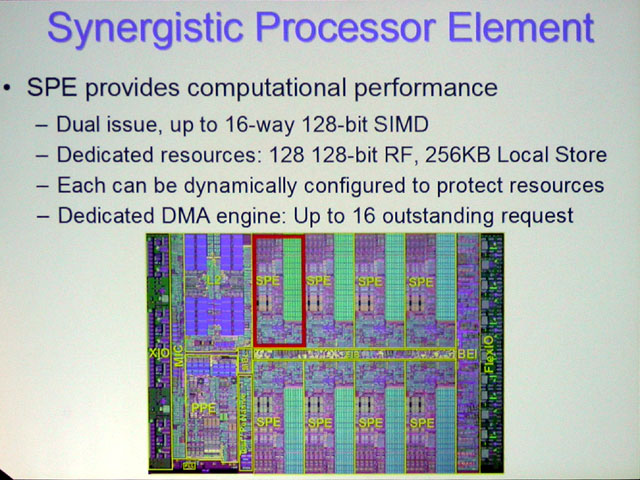Jaws said:No, I got the end of your post alright...your initial analogy with dual G5's and a single Athlon was way off and completely misleading. Unless you care to clarify further as I hate misunderstadings you know...?
I think my main points was quite clear.
Point 1: The workload has to fit the architecture to get anywhere optimal performance.
Point 2: It is easier to make workloads that fit general purpose processors like the ones in the Xbox CPU than specialized processors like in Cell.
Point 3: As long as we know as little as we do about the real life workloads on the next gen consoles it is hard to make conclusions.
The G5 vs. A64 analogy is far from perfect (neither the analogy itself nor the way I presented it), but it illustrates the point that if the workload does not fit the architecture it does not matter how big your theoretical power advantage is.
Maybe analogies from the open PC-land is bad when speaking about consoles, but they beat car-analogies any day of the week. (I would rather shot myself than writing stuff about F1-cars with bicycle wheels*)
* not really

